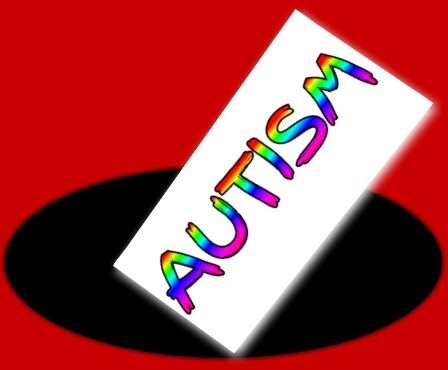Have you ever wondered why individuals with autism like me seemingly will have trouble looking at someone’s eyes, giving only fleeting eye contact? Or in some cases, never make any eye contact with anyone at all?
This blog post will cover my theories on why individuals with autism seem to “lose” this natural ability of giving eye contact to others. What might be happening inside an autistic brain to cause this, and why I still have trouble looking at people in their eyes to this day.
Why does this aversion to eye contact happen?
This aversion of looking at someone in the eyes seems to be quite common in autism. This may mistakenly give the appearance the person could be “deaf”, or “blind”, but the person isn’t actually deaf or blind.
Possible Inherited Link between Amygdala and Eye Contact
The amygdala seems to be smaller in people with autism, which seems to cause less eye contact, and cause less time gazing into the eyes of others. A smaller amygdala found in people with autism seems to be inherited. (Arehart-Treichel, 2007)
Is it possible to teach an individual with autism to look at someone in the eyes?
In early childhood, therapy sessions/therapist’s would hold an object of the child’s interest (e.g a toy), at the therapist’s eye level whilst calling the child’s name and saying “look at me”. When the child responded with eye contact to the therapist, the therapist responded with praise saying “good looking”.
This was practiced daily with me, continuing at home with parents and family members throughout each day. Gradually over time, I would give trusted family members excellent eye contact, however, with non-family members, like teachers, doctors, or any new person, eye contact would revert to fleeting.
Even at 28 years of age, I still find full eye contact with people I have just met, or people in stores difficult, as I don’t know them and therefore I do not understand their communication style. This makes me feel uneasy and fearful as people can be unpredictable.
Eyeball animation
Enjoy a video clip of an animated eyeball (formerly a GiF image) made by Zachary Wright created with Blender 3.4.1. The video clip represents what eye contact is basically, and also helps you to understand why I and so many people with autism like myself may have trouble looking at others in the eyes:
Why do some children with regressive autism lose eye contact over time, while some only develop it later in development?
Regressive autism in children is a condition where a child will appear to develop normally, and then suddenly start to rapidly lose all their milestones and start to show behaviours associated with autism. In my case, I did not have the regressive type of autism, instead my milestones were delayed until I was four years old. Regressive autism can occur in 13% to 48% of all cases with autism, and skills usually start to decline at 19 months of age. Regressive autism will typically start showing up at around 15 to 30 months of age. (Deweerdt, 2016)
As described above, some children with autism will either have regressive autism or some will have no milestones achieved until much later in childhood, like in my case.
Princess Lilli Lilac

Although Lilli is not autistic in any way, she does play an important role, as a therapy cat in reducing anxiety and helping me to keep calm through leg-rubbing and purring. We have both been inseparable since 2011, the day she was born into the world. 💜
References
Deweerdt, S. (2016, August 17). Regression marks one in five autism cases, large study finds. The Transmitter. https://www.thetransmitter.org/spectrum/regression-marks-one-five-autism-cases-large-study-finds/?fspec=1
Loftus, Y. (2024, August 8). Why is eye contact difficult for autistic people? Autism Parenting Magazine. https://www.autismparentingmagazine.com/autism-eye-contact/
Arehart-Treichel, J. (2007). Autism’s social impairment related to amygdala size. Psychiatric News, 42(2), 17. https://doi.org/10.1176/pn.42.2.0017
Hidden Talents ABA. (2021, February 24). Regressive autism. https://hiddentalentsaba.com/regressive-autism/
